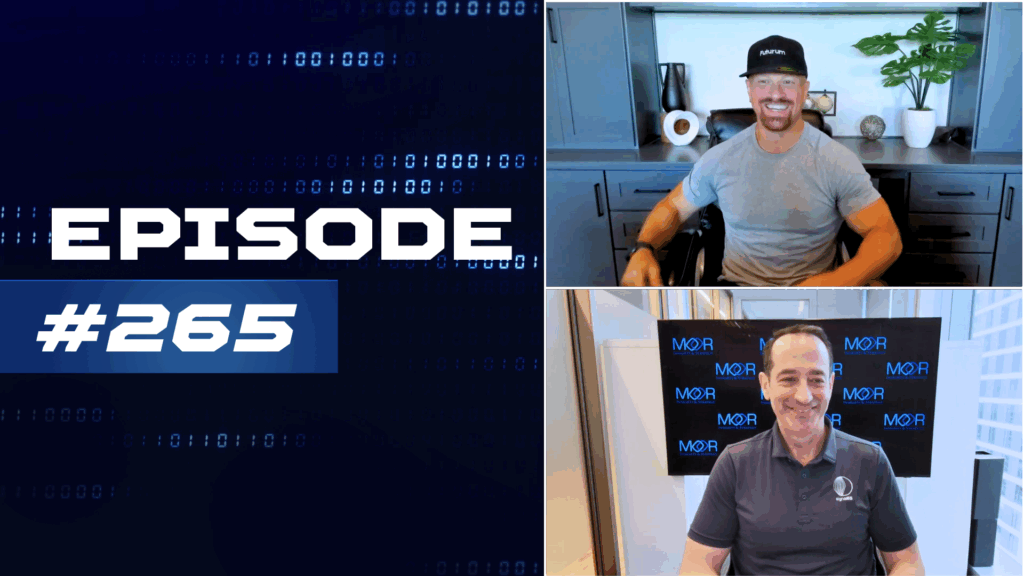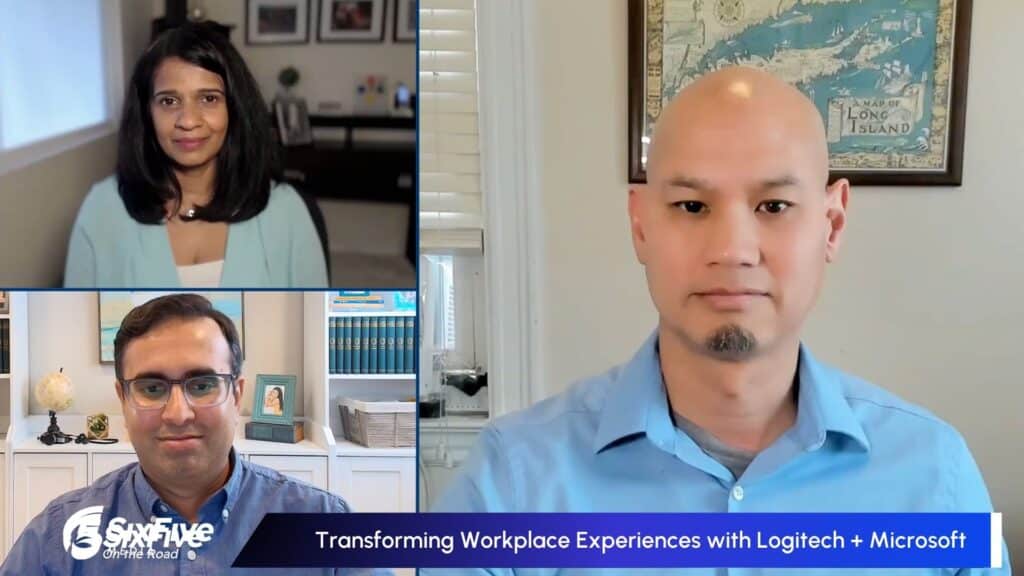Analyst(s): Nick Patience
Publication Date: March 13, 2025
What is Covered in this Article:
- SAS’s updated growth strategy centered on the Viya cloud platform
- Expansion of SAS Solutions in key areas, including agentic AI applications
- The acquisition of Hazy Data and developments in synthetic data generation
- Potential IPO considerations and market positioning against alternatives, including any Jupyter notebook-equipped data and analytics tool
The News: SAS Institute held its annual analyst conference at its headquarters in Cary, NC, in early March. The company is a pioneer in the use of analytics and machine learning, stretching back to its founding in 1976. SAS keeps the format of these events consistent, even since they’ve moved to the HQ post-pandemic after previously running separate US and European events.
SAS has a broad product portfolio built up over almost half a century so it has to pick and choose its points of emphasis. This year the company has tweaked its mission statement to “To provide knowledge in the moments that matter.” More specifically, it aspires to be the enterprise-grade data and AI platform of choice, with almost five decades of experience and a strong financial position (it has no debt).
We can’t reveal the financial figures disclosed at the event but it’s fair to say SAS isn’t growing quite at the rate it was 5-10 years ago, but it is growing and has a plan to accelerate that growth. The long-rumored IPO wasn’t really addressed at the event. We know SAS has been preparing for it over the last few years, ensuring its accounting systems and practices align with those of a publicly traded company, tweaking some contracts, and practicing the quarterly discipline that being public requires. An IPO in its 50th year might be something to aim for.
Growth plans
The growth plan centers on the continued development of Viya, SAS’ cloud-native data and analytics platform, and encouraging customers on older SAS platforms to move to it. SAS is relying more on partners now to deliver new logos, while global systems integrators (GSIs) already account for a lot of SAS’s new business with both new and existing clients.
Viya is available now on Microsoft Azure and AWS clouds, as well as customer-hosted clouds. This year, two products, Decision Builder and Data Maker, will feature integrations with Microsoft Fabric, Snowflake, and Databricks, reflecting the modern approach to data management. Viya as a service via the three main hyperscalers, along with consumption-based pricing, is targeted for 2026.
In addition to Viya, solutions, and models running on top of it are other areas for growth for SAS. SAS Solutions centers on five main areas: customer intelligence, risk, fraud and compliance, Internet of Things (IoT), and healthcare and life sciences. In terms of models, SAS developed 12 prepackaged models in 2024, of which half are generally available, and it plans for another 11 similar models in the first half of 2025. These models are not large language models; rather, they are a mix of deterministic and probabilistic models based on SAS’ years of experience solving specific problems. Examples include industry-specific ones, such as medication adherence risk and payment integrity for food assistance as well as more generic ones, such as document analysis and AI-driven entity resolution.
Agentic AI
Agentic AI is an essential offering for any large software company and could be a big opportunity for SAS and its customers. Its key agentic product at present is SAS Intelligent Decisioning. SAS talks of three scenarios – human out of the loop, human in the loop, and human on the loop. The first are lower complexity use cases, such as detecting anomalous activity. The second involves scenarios, such as scoring transactions for potentially fraudulent activity, and the third, the more complex use cases, would be something like referring to an anti-money laundering compliance team for review. The second and third scenarios involve the use of LLMs. SAS Intelligent Decisioning can publish intelligent agents with standardized APIs. But its main role is as a deterministic orchestration layer – that’s how SAS customer Levi Strauss uses it to optimize its supply chains, for example.
Synthetic data generation is something SAS has been offering for a few years but mainly at the programmatic level, whereby building it into their processes. Burt SAS wanted to expand the types of roles that could be involved in the synthetic data generation process as it has quickly become so important to companies. To that end, SAS looked around for partners and eventually acquired UK company Hazy Data in November 2024, offering tools to create synthetic data, including sequential, temporal, or differential privacy. It is now building the Haxy functionality into SAS Data Maker, which is in preview mode. It offers the ability to create data, run evaluation metrics, and then have compliance sign off on it. Data Maker is separate from Viya but has integrations into it.
SAS Institute: Pioneer in Analytics Pivots to Cloud and AI Growth
Analyst Take: SAS has a first-mover advantage in analytics and its use of machine learning, but it made that move so long ago that some younger decision-makers may not even know about the company. Dr Jim Goodnight, SAS co-founder, its largest shareholder, and the only CEO the company has ever had, apparently still comes into the office most days and runs the company directly. This is despite him being 82 years old. At the analyst event, he appeared on stage to demonstrate the power and efficiency of SAS code over that of other languages. Goodnight mentioned a 2024 Futurum study that concluded that data scientists using SAS were 3.5 times more productive than those using other tools, while MLOps engineers were up to 4.5 times more productive. Although the IPO wasn’t a point of focus, it’s worth contemplating the effect it could have on SAS. If the company did go public, it could radically change the culture of SAS, something of which it is rightly proud. But it would also unlock an enormous amount of value for employees, which would help it keep its place as a desirable company to work for.
What to Watch:
- According to Futurum research, while SAS has productivity advantages, continued competition from open-source alternatives like Python and R may challenge its customer acquisition efforts, especially among younger data scientists.
- SAS’s planned 2026 launch of Viya as a service via hyperscalers with consumption-based pricing could significantly impact its market position and adoption rates.
- The integration of Hazy Data’s functionality into SAS Data Maker may strengthen SAS’s position in the rapidly growing synthetic data market, particularly for compliance-sensitive industries.
- SAS’s approach to integrating with modern data platforms like Microsoft Fabric, Snowflake, and Databricks will be crucial to maintaining relevance in the evolving data ecosystem.
- How the company navigates its potential IPO could have significant implications for its culture and talent retention, particularly as it approaches its 50th anniversary.
Read more about what SAS executives think will happen in AI here.
Disclosure: The Futurum Group is a research and advisory firm that engages or has engaged in research, analysis, and advisory services with many technology companies, including those mentioned in this article. The author does not hold any equity positions with any company mentioned in this article.
Analysis and opinions expressed herein are specific to the analyst individually and data and other information that might have been provided for validation, not those of The Futurum Group as a whole.
Other insights from The Futurum Group:
The Rise of Agentic AI: The Leading Solutions Transforming Enterprise Workflows in 2025
Futurum Research 2025 Key Issues & Predictions
Beyond Experimentation: AI Becoming Enterprise Cornerstone
Author Information
Nick Patience is VP and Practice Lead for AI Platforms at The Futurum Group. Nick is a thought leader on AI development, deployment, and adoption - an area he has researched for 25 years. Before Futurum, Nick was a Managing Analyst with S&P Global Market Intelligence, responsible for 451 Research’s coverage of Data, AI, Analytics, Information Security, and Risk. Nick became part of S&P Global through its 2019 acquisition of 451 Research, a pioneering analyst firm that Nick co-founded in 1999. He is a sought-after speaker and advisor, known for his expertise in the drivers of AI adoption, industry use cases, and the infrastructure behind its development and deployment. Nick also spent three years as a product marketing lead at Recommind (now part of OpenText), a machine learning-driven eDiscovery software company. Nick is based in London.




